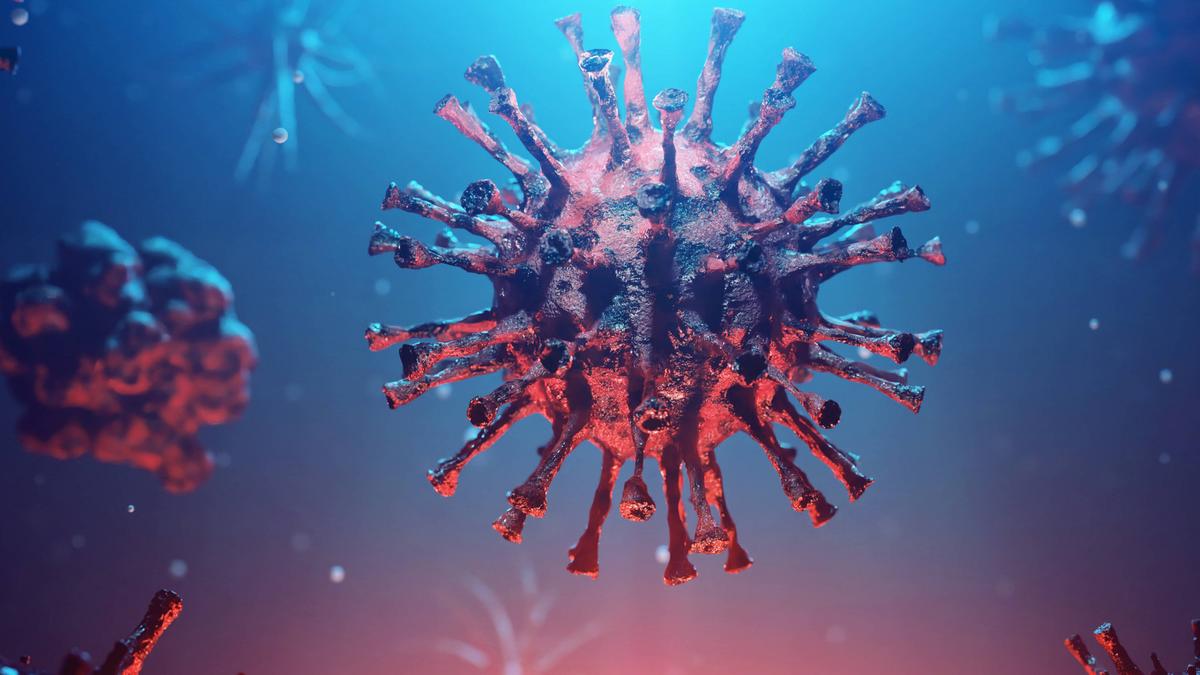URGENT UPDATE: Scientists at Penn State University have made a groundbreaking discovery that could revolutionize the fight against modern viral threats. A study led by Professor Thomas Wood reveals how ancient bacteria utilize long-dormant viruses embedded in their DNA—known as cryptic prophages—to defend against new viral invaders. This research, published in Nucleic Acids Research, has immediate implications for developing new antiviral therapies and combating the surge in antibiotic resistance.
The research team uncovered that a bacterial enzyme called recombinase, triggered by prophage DNA, flips a segment of the genome to create two new “chimeric” proteins. These proteins act as a shield, blocking incoming viruses—also known as phages—from attaching to bacterial surfaces and injecting their genetic material. When the researchers enhanced the production of these proteins in E. coli, they found that the bacteria temporarily gained immunity to viral attacks.
However, the battle is ongoing: after several generations, the viruses evolved new strategies to attach, underscoring the dynamic arms race between bacteria and their viral foes. This discovery is not just a scientific breakthrough; it could pave the way for safer alternatives to traditional drugs in the fight against bacterial infections.
Professor Wood emphasized the importance of understanding how bacteria naturally defend themselves before utilizing viruses as treatments. “This system is a big part of that picture,” he stated. With rising antibiotic resistance, the potential applications of this ancient defense mechanism are vast, ranging from healthcare to the food industry.
The findings could significantly enhance bacterial health in fermentation processes, including the production of cheese and yogurt, as Wood highlighted the relevance of these ancient viral fossils in protecting their hosts. “We’re only just beginning to uncover their potential,” he noted.
As researchers continue to explore this ancient defense mechanism, the implications for public health and food safety could be profound. Stay tuned for more updates on how this discovery could change the landscape of viral treatment and antibiotic resistance.































